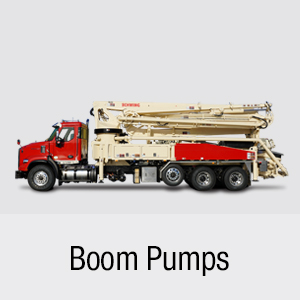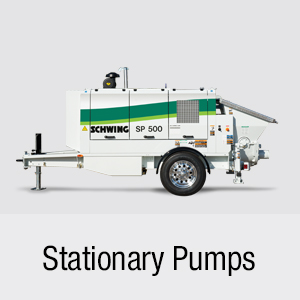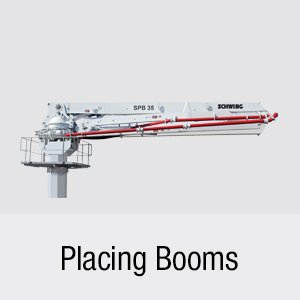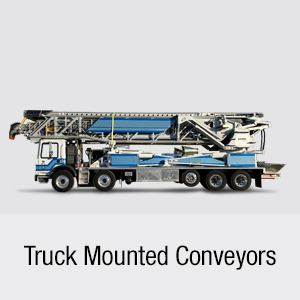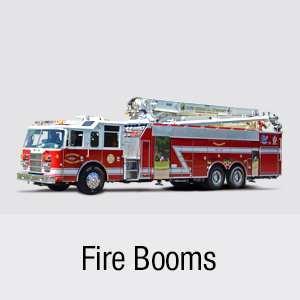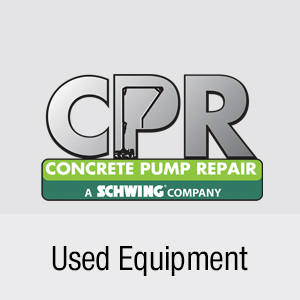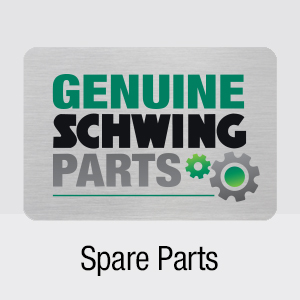Concrete pumps are vital to construction projects, but their durability, reliability, and overall performance depends on the quality of materials and the manufacturing practices used to create them. Concrete pumps known for outstanding performance have several things in common: high-quality steel, advanced assembly practices, and outstanding testing and safety protocols. By understanding these factors, industry professionals can make informed decisions when selecting concrete pumping equipment for their projects.
The Importance of Material Selection
Steel plays a crucial role in creating the heavy structures that provide stability for concrete pumps. Its strength and structural integrity make it ideal for constructing frames and load-bearing components.
Not all steels are created equal. Different grades of steel have specific characteristics and attributes. Higher-quality steel offers increased strength, improved corrosion resistance, and enhanced heat resistance. Using higher-quality steel when constructing concrete pumps creates superior strength and durability of the steel components, providing increased resistance to the heavy loads and stresses encountered during operation. This ensures a longer lifespan for the pump, reducing maintenance and replacement costs. Furthermore, corrosion resistance helps protect against rust and deterioration, extending service life and maintaining optimal performance in harsh construction environments. High-quality steel can also better withstand the heat generated during operation, preventing deformation or structural failures.
The use of higher-grade steel though is only one component in ensuring stability, durability, reliability, and, with that, safety. Ensuring that the forming, welding, and other processes are performed by individuals with the appropriate welding and quality control certifications is also critical to ensure that the concrete pump will operate safely and as designed.
How Schwing Assembles World-Class Quality
Schwing's boom assembly practices prioritize stress distribution, durability, and performance. Schwing invests in more complex but effective methods, resulting in longer boom section and outrigger lifespans, reduced component stress, improved durability, fewer repairs, and ultimately lower costs for our customers. Competitors, while opting for cost-saving measures, sacrifice certain aspects such as stability, longevity, and ease of maintenance.
In the construction of box sections, Schwing prioritizes the distribution of stress across all four plates in their boom and outrigger sections. Meticulous welding practices are used, and weld seams are ground to prevent notching. In contrast, other companies often opt for more basic box sections created with less expensive materials and welding techniques that prioritize speed over quality.
Schwing employs external levers for superior horizontal guidance of boom arms. This design reduces stress on bushings and pins, as the load is spread over larger areas. It requires longer pins and hydraulic cylinders with hammerheads, increasing manufacturing expenses. However, it ensures enhanced long-term performance and reliability.
Schwing also incorporates a torsion frame that distributes forces along the machine's entire length. This design minimizes stress on the steel, providing improved structural integrity and longevity. Other companies may concentrate all pressure on a small area within their frames, causing excessive stressing of the steel.
Safety Features and Best Practices Support the Highest Industry Standards
Robust quality assurance policies, rigorous testing, and invaluable safety features are the final ingredients that ensure a concrete pump’s readiness for efficient operation.
Schwing supports safe and efficient pumping through installed safety features and by following best practices:
Safety Features
E-stop (Emergency Stop) Buttons – These are safety devices used to stop the concrete pump in the event of an emergency. When an E-stop button is pressed, all hydraulic oil is sent to the tank and all functions are placed in neutral. Conduct daily operational checks and physical inspections to ensure all E=stops are working properly.
Hopper Grate Switch – This function monitors the position of the hopper grate. If the grate is lifted, a signal is sent to shut the concrete pump off. Once the hopper grate is closed, the pump will have to be reactivated. The hopper grate prevents operators and job site personnel from accessing the hopper area while the machine is pumping. The hopper grate switch should never be bypassed for any reason. Check the condition of the switch often to ensure proper operation. The harness and connectors should also be examined for any evidence of corrosion and frayed or loose wires.
Safety Guards – Concrete pump safety guards shield operators from hazards at the job site. They are barriers, preventing contact with dangers such as moving parts, high-pressure lines, or hot surfaces. The proper functioning of safety guards is crucial for operator safety, hazard mitigation, regulatory compliance, equipment protection, and overall risk reduction. Before every pour, the operator should ensure all safety guards are in place and free from damage. Any missing guards should be replaced immediately and before any work begins.
Safety Decals – Safety decals are placed on machines to warn operators of hazardous situations. Operators should read and understand all warning decals. Safety decals must be replaced if they are damaged, faded, missing, or unreadable. If replacement decals are needed, contact your concrete pump manufacturer.
Best Practices
Using Quality Structural Steel – Highly weldable steel allows for strong, durable components, ensuring a machine’s stability and longevity. All structural components should be checked daily for cracking, corrosion, and deformation of the steel. If any structural defects are found, contact the manufacturer immediately. If repairs are necessary, use only manufacturer-certified repair technicians, following manufacturer-approved repair procedures.
Testing and Inspections of Hydraulic Components and Hoses – Preventing hydraulic leaks is crucial since leaks can lead to a loss of system pressure, affecting a pump’s performance and efficiency. Leaks can also cause fluid contamination, resulting in accelerated wear and damage to hydraulic components. These leaks also pose safety risks, as hydraulic fluids are often under high pressure and can cause injury to operators or nearby personnel. Additionally, leaks contribute to environmental concerns due to the potential release of hazardous fluids. All hydraulic components should be checked for leaks daily, and hoses should be inspected for wear or frayed edges. When replacing hoses, ensure the replacement hose you are installing meets all pressure requirements.
Regular Boom Inspections – Concrete pump owners need to stay current on boom inspections. Inspections ensure safety and help identify structural weaknesses, allowing for timely repairs or replacements to prevent accidents.
Boom inspectors will check all structural components, such as boom sections, pedestals, outriggers, and turrets. Along with the structural components, hydraulic cylinders, holding valves, boom rests, steps, and safety decals should also be inspected. Use only manufacturer-certified boom inspectors. Contact the manufacturer for a list of certified inspectors.
World-class pumps are expertly planned, not just created. High-quality steel, advanced assembly practices, and outstanding testing and safety protocols all combine to create the excellence expected in all Schwing machines. This is the standard we set.

